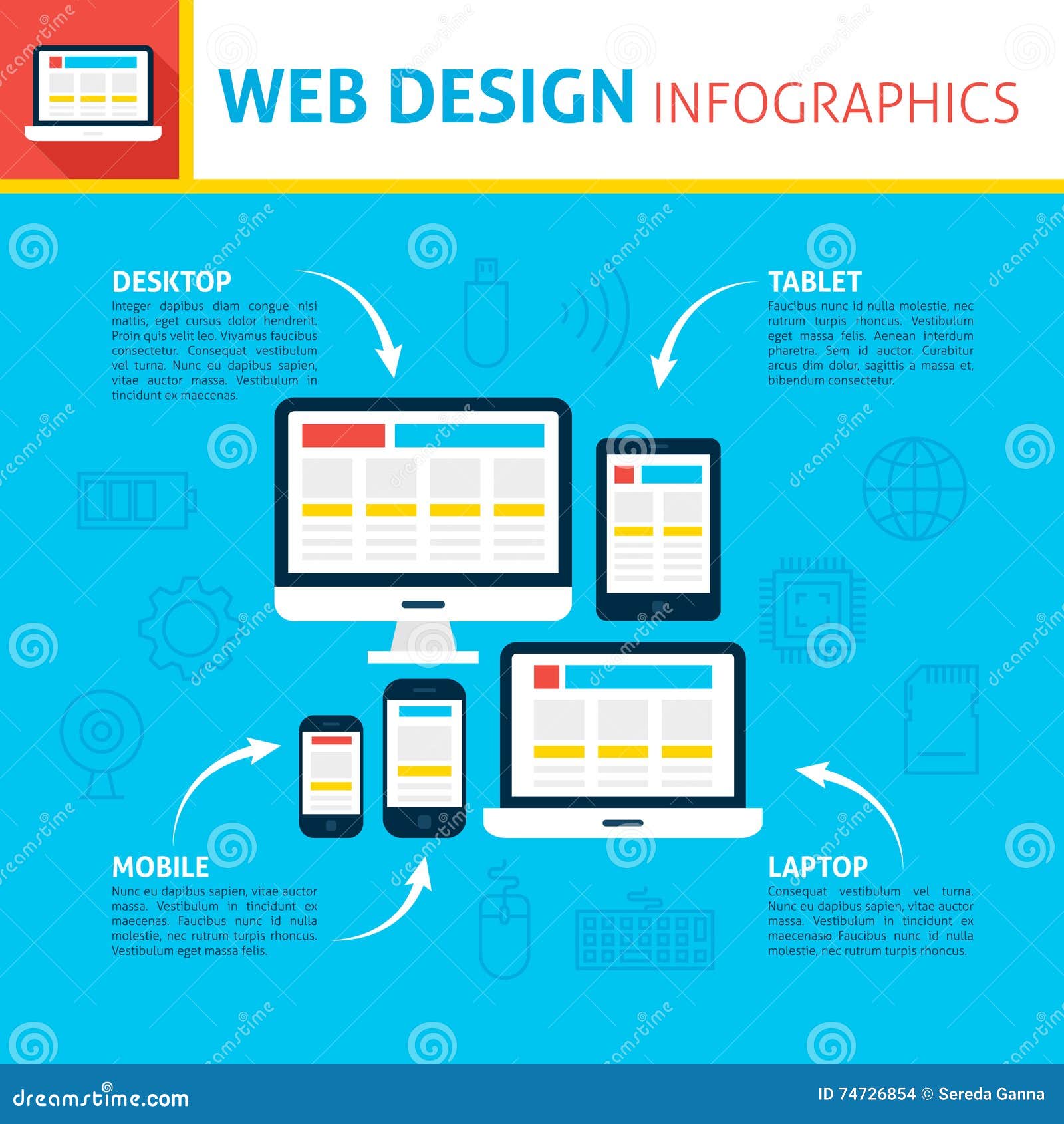The Evolution Of Site Style: From Past To Present
The Evolution Of Site Style: From Past To Present
Blog Article
Write-Up Created By-Kahn Peters
In the past, internet sites were simple and focused on info. Navigating was direct, and layout was for desktop computers. Currently, user experience is crucial. Data overviews layouts for simple navigating. Responsive layouts match different devices. Today, dark setting reduces strain, and minimal menus boost navigation. Interactive functions engage users, and vibrant visuals attract attention. AI integration boosts involvement. See how style has developed to improve your online journey.
Early Days of Website Design
In the very early days of web design, simplicity reigned supreme. Web sites were standard, with restricted colors, typefaces, and designs. The emphasis got on supplying information rather than fancy visuals. Users accessed the internet through sluggish dial-up connections, so speed and capability were vital.
Navigation menus were straightforward, usually located on top or side of the page. Sites were made for desktop computers, as mobile browsing had not been yet common. Content was king, and designers focused on easy readability over intricate layout components.
HTML was the main coding language used, and designers had to function within its restraints. Computer animations and interactive functions were marginal compared to today's criteria. Sites were static, with little vibrant content or customized customer experiences.
Increase of User-Focused Style
With the evolution of web site layout, a change towards user-focused style principles has become progressively noticeable. Today, creating sites that prioritize user experience is essential for engaging site visitors and accomplishing service goals. User-focused design entails understanding the needs, choices, and actions of your target market to customize the site's format, material, and features appropriately.
Developers currently carry out extensive study, such as customer surveys and functionality testing, to collect understandings and responses directly from individuals. https://www.fool.com/the-ascent/small-business/marketing-automation/articles/types-of-marketing-strategies/ -driven method aids in creating intuitive navigation, clear calls-to-action, and visually appealing interfaces that resonate with visitors. By putting the user at the facility of the layout procedure, sites can supply a much more customized and satisfying experience.
Receptive style has actually also become a key element of user-focused layout, making sure that internet sites are maximized for numerous gadgets and screen dimensions. This adaptability improves accessibility and functionality, satisfying the varied means individuals connect with web sites today. Essentially, the surge of user-focused layout represents a change towards producing digital experiences that prioritize the demands and expectations of completion user.
Modern Trends in Website Design
Discover the latest fads shaping website design today. One popular pattern is dark setting layout, using a streamlined and modern-day appearance while minimizing eye stress in low-light environments. An additional vital fad is minimal navigating, streamlining menus and enhancing customer experience by focusing on essential elements. Including micro-interactions, such as animated switches or scrolling results, can create an extra interesting and interactive web site. Receptive design remains essential, making sure smooth user experiences across different gadgets. In https://www.forbes.com/sites/theyec/2022/01/27/b2b-e-commerce-marketing-tips-for-2022/ , utilizing strong typography and asymmetrical designs can add visual passion and accentuate specific web content.
Integrating AI technology, like chatbots for consumer support or personalized suggestions, enhances customer engagement and improves processes. Access has additionally come to be a considerable trend, with designers focusing on inclusive style methods to satisfy diverse user demands. Accepting sustainability by maximizing internet site performance for rate and performance is another emerging fad in website design. Working together with user responses and information analytics to iterate and enhance style continually is essential for remaining pertinent in the ever-evolving electronic landscape. By welcoming these modern-day trends, you can produce a visually appealing, user-friendly internet site that resonates with your audience.
Conclusion
As you reflect on the advancement of web site style from the very early days to now, you can see just how user-focused design has become the driving force behind modern fads.
Embrace the journey of change and adaptation in website design, always maintaining the user experience at the forefront.
Remain present with the latest trends and technologies, and never stop evolving your approach to develop visually magnificent and user-friendly websites.
Progress, adapt, and create - the future of website design remains in your hands.
